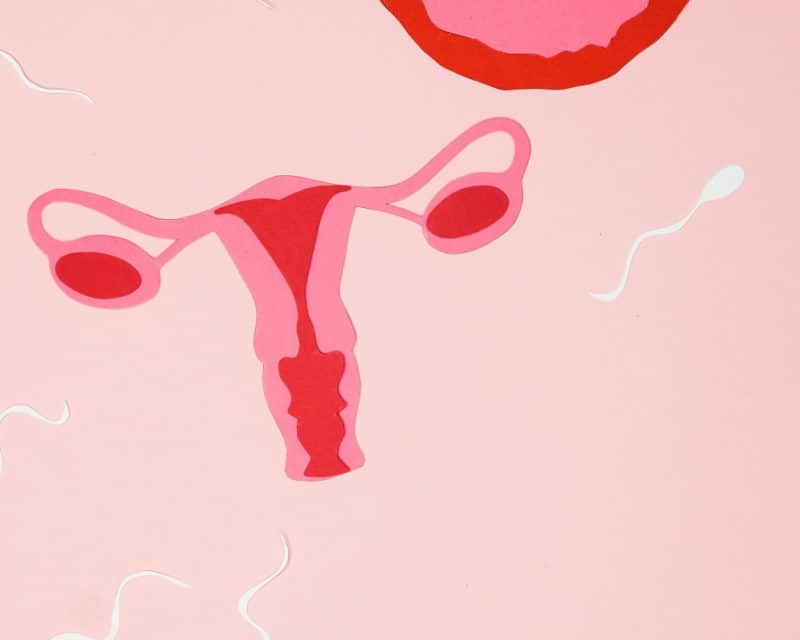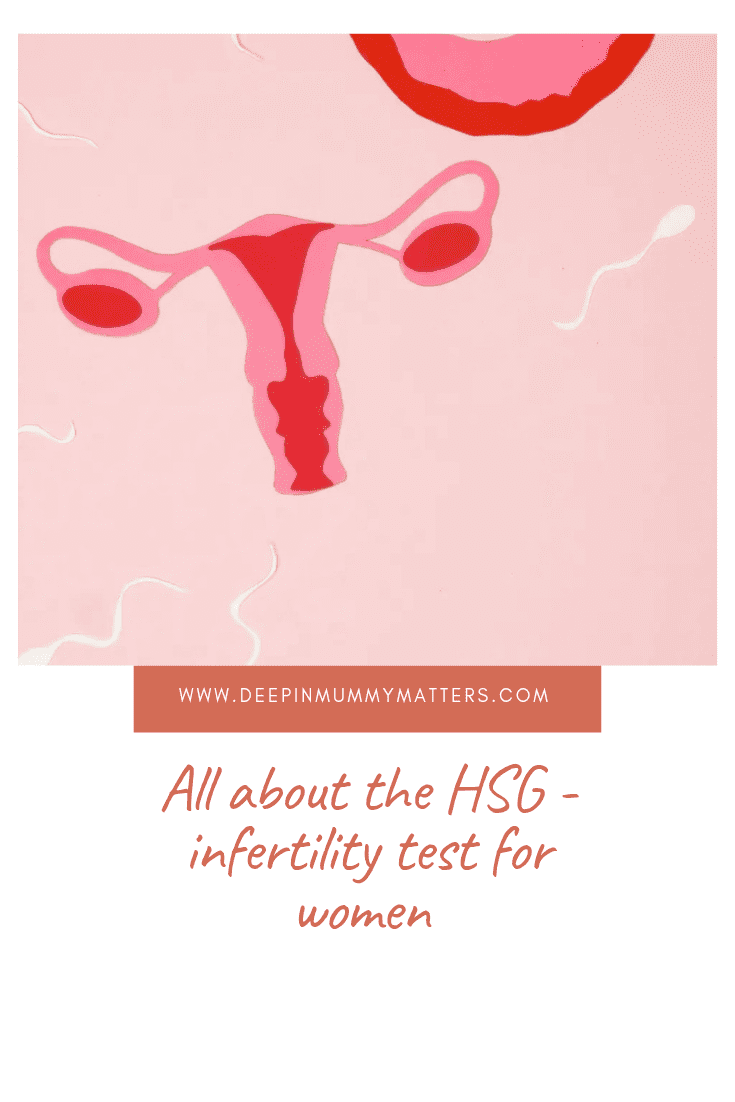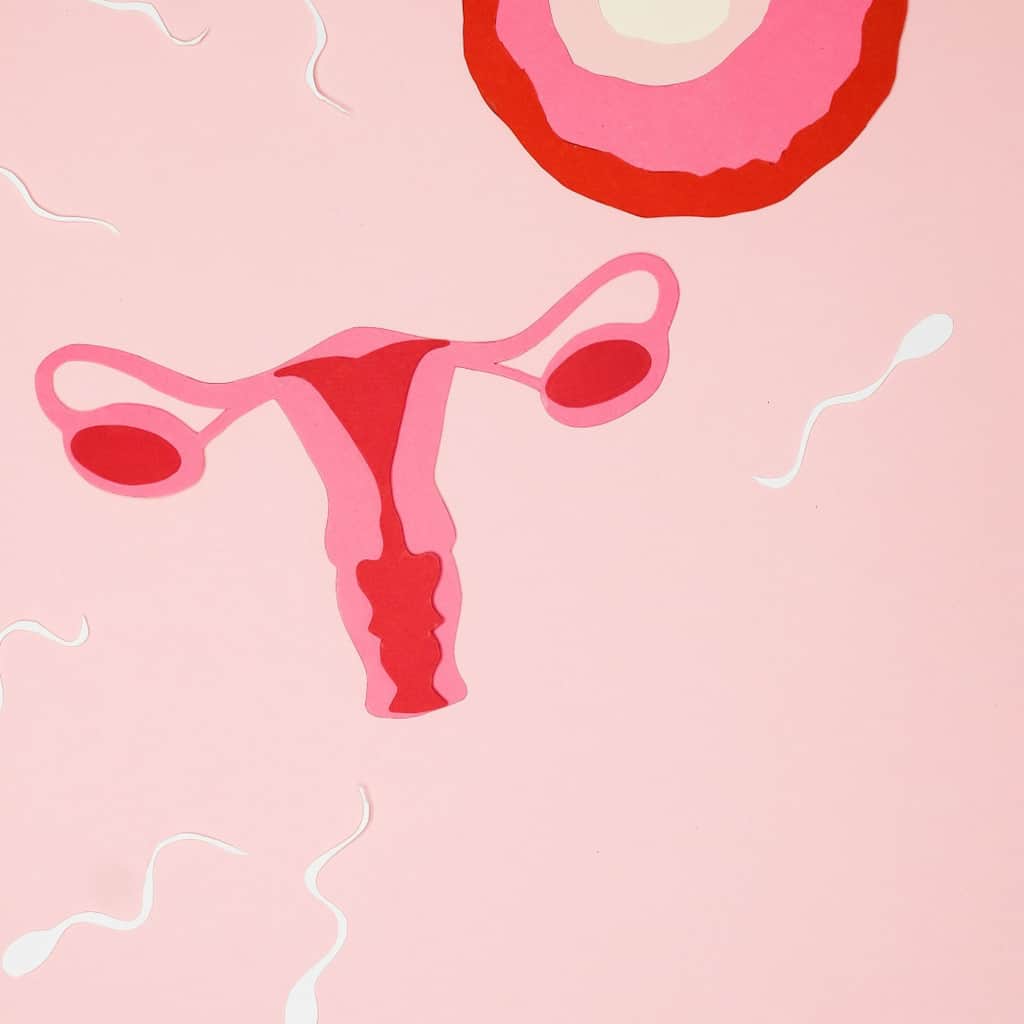Your doctor can check the internal walls of your uterus and fallopian tubes with an HSG test. This small treatment is used to determine the shape and contour of the uterus or to document endometrial polyps, leiomyomata (fibroids), or scarring. The treatment will also identify whether the fallopian tubes are clear or not.

A blocked fallopian tube or a tumour in your uterus can make it difficult to conceive. Sperm can’t reach the egg if your fallopian tubes are blocked. A hysterosalpingogram, or HSG test, uses x-rays and a special dye to look for scar tissue, polyps, fibroids, and other growths that could be blocking your tubes or preventing a fertilized egg from correctly implanting in your uterus. There is also an anti-Mullerian hormone test that is done to check the woman’s ability to produce eggs that can be fertilized for pregnancy but we will discuss it in another post.
The Ultrasound HSG
A sonohysterogram is a test that utilizes ultrasonography and a specific solution to look for abnormalities inside the uterus.
It is now the most widely used test for determining the health of fallopian tubes. This version of the treatment is carried out in the office and an exam room, using equipment created specifically for gynecologic exams, which can make the procedure more comfortable for the patient.
What should I expect during an HSG Test?
An HSG test normally takes 10 to 30 minutes and is performed in a radiology lab.
A speculum will be inserted into the vagina (similar to a Pap smear), and a small plastic tube will be placed within your cervix, leading to your uterus and fallopian tubes. Through the plastic tube, a particular dye will be injected. The dye should fill your uterus and fallopian tubes to the point where it spills out of each one.
Following that, your doctor will take x-rays to assess your uterus and fallopian tubes.
What should I do if my tubes become clogged?
If your tubes are clogged, your doctor will likely propose either a surgical treatment to inspect the tubes directly or a surgical operation to bypass the tubes and undertake in vitro fertilization (IVF).
Is the HSG treatment painful?
Yes, there can be cramps after the test. Women with a blocked fallopian tube may experience excruciating agony. You can take pain killers to lessen the pain after discussing it with your physician.
What is the cost of the HSG test?
The HSG is usually covered by most insurance policies. The cost of the HSG test at The Fertility Center is $525 if you don’t have insurance and the procedure is done in-house.


